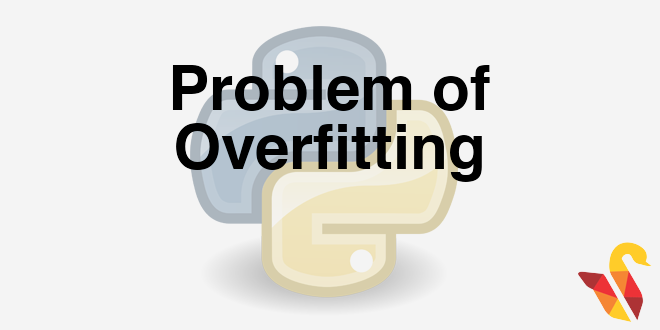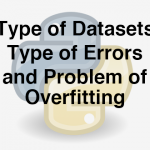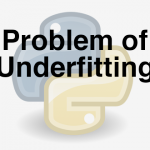
Link to the previous post : https://statinfer.com/204-4-6-type-of-datasets-type-of-errors-and-problem-of-overfitting/
The Problem of Over Fitting
- In search of the best model on the given data we add many predictors, polynomial terms, Interaction terms, variable transformations, derived variables, indicator/dummy variables etc.,
- Most of the times we succeed in reducing the error. What error is this?
- So by complicating the model we fit the best model for the training data.
- Sometimes the error on the training data can reduce to near zero
- But the same best model on training data fails miserably on test data.
- Imagine building multiple models with small changes in training data. The resultant set of models will have huge variance in their parameter estimates.
- The model is made really complicated, that it is very sensitive to minimal changes.
- By complicating the model the variance of the parameters estimates inflates.
- Model tries to fit the irrelevant characteristics in the data.
- Over fitting
- The model is super good on training data but not so good on test data
- We fit the model for the noise in the data
- Less training error, high testing error
- The model is over complicated with too many predictors
- Model need to be simplified
- A model with lot of variance
Practice : Model with huge Variance
- Data: Fiberbits/Fiberbits.csv
- Take initial 90% of the data. Consider it as training data. Keep the final 10% of the records for validation.
- Build the best model(5% error) model on training data.
- Use the validation data to verify the error rate. Is the error rate on the training data and validation data same?
In [18]:
#Splitting the dataset into training and testing datasets
X = np.array(Fiber_df[features])
y = np.array(Fiber_df['active_cust'])
from sklearn.cross_validation import train_test_split
X_train, X_test, y_train, y_test = train_test_split(X,y, train_size = 0.9)
In [19]:
#Building model on training data.
tree_var = tree.DecisionTreeClassifier(criterion='gini',
splitter='best',
max_depth=20,
min_samples_split=2,
min_samples_leaf=1,
max_leaf_nodes=None)
tree_var.fit(X_train,y_train)
Out[19]:
In [20]:
#Accuracy of the model on training data
tree_var.score(X_train,y_train)
Out[20]:
Validation accuracy :
In [21]:
#Accuracy on the test data
tree_var.score(X_test,y_test)
Out[21]:
- Error rate on validation data is more than the training data error.
The next post is about problem of under fitting.
Link to the next post : https://statinfer.com/204-4-8-problem-of-under-fitting/




